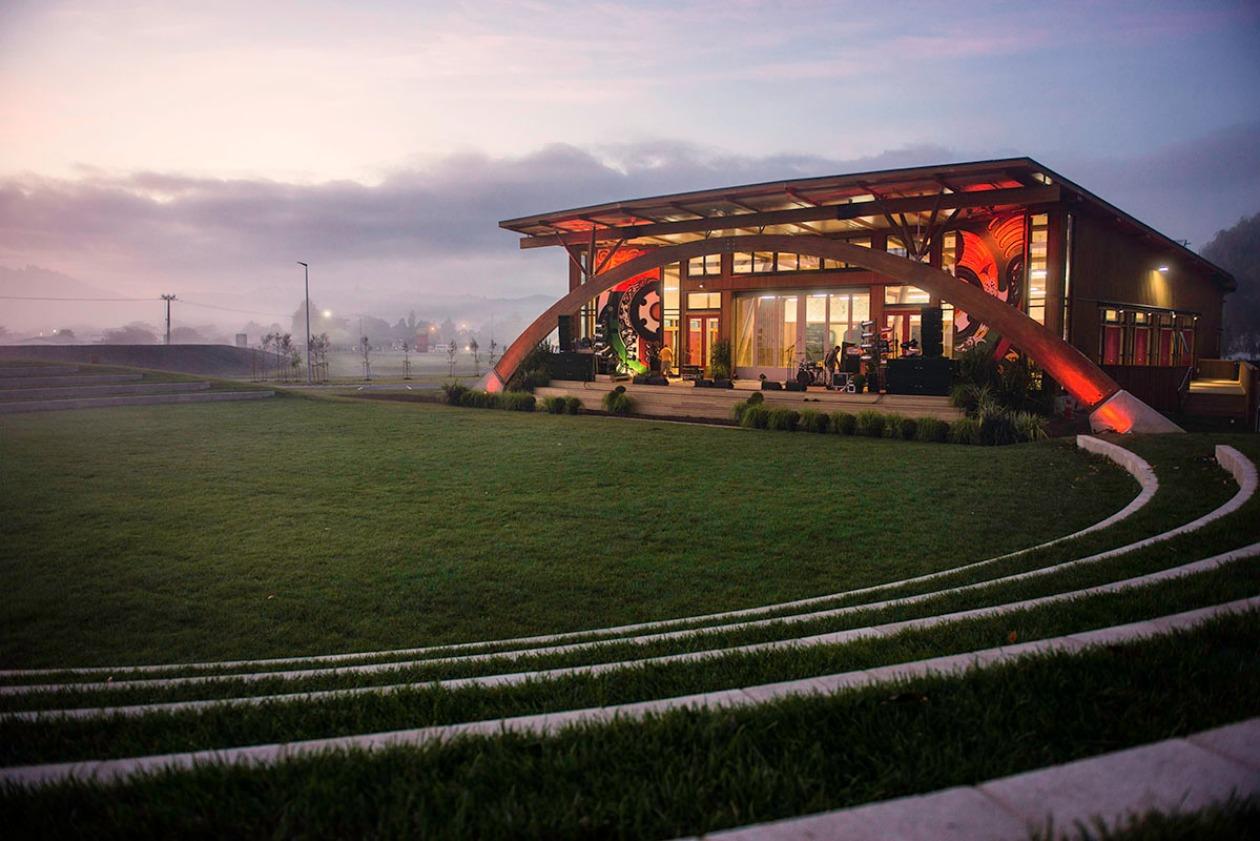When is it that we forgot about nature?
Increasing evidence shows that natural materials, both in and outside your home are better for your health.
Health and well-being embraces both physical health, and the psychological aspects of human performance.
Designers are becoming increasingly interested in psychological and related physiological benefits of environmental factors. Intuition tells us that a connection to nature improves our sense of well-being. This can be achieved through access to daylight or views, or by providing a visual or tactile connection with natural materials.
An October 2005 article by Douglas MacLeod in “Canadian Architect” stated: “Some architects are pioneering the idea of evidence-based design as a means of rigorously examining past buildings in order to build better new ones. Evidence-based design borrows from work done in evidence-based medicine to carefully observe, quantify and analyse the way people use buildings.”
Closer to home, the Tuhoe Iwi have built one of New Zealand’s healthiest buildings. Produced from natural materials like hand block and wood, this space is a nurturing healthy one. Te Uru Taumata was the first New Zealand building to be certified under the Living Building Challenge (LBC). Widely touted as the world’s most holistic green building programme, the LBC is cognisant of the role of natural materials in the built environment.
It’s pretty logical, really. Unfortunately the typical modern New Zealand home is lathered in anything but natural material. Typically our flooring is carpet (the notorious nylon 8.8) while our plasterboard walls are painted with a blend of resins and other chemicals. Joinery and kitchens are produced with resin ridden particle board or MDF, and coated with paint or overlay.
There is not much in the way of natural going on at all. The odd pot plant may survive, but that’s not enough to make a difference.
Thankfully windows exist to give us a view, but that’s normally at the neighbour’s house, which is typically clad in painted cement board or brick.
So what can we do?
Some might suggest that cost is the limiting factor in this exercise. I’d argue that imagination is the limiting factor. Plants and natural materials are actually not that expensive, and can be a fun DIY project.
- Natural materials can be upcycled – consider the increasing trend of pallet furniture.
- Plywood is a great alternative to painted plasterboard – just do your research on formaldehyde emissions.
- Plant based finishes are the way to go, consider natural oils and waxes from the likes of Natural House Co. Natural finishes typically have lower volatile organic compounds – and are manufactured from renewable sources. Interestingly enough, natural surface finishes are often the easiest to apply.
- Plants themselves are an ideal way to bring nature inside. Research indicates that indoor plants improve air quality and health.
With New Zealand’s increasing demand for both housing and healthcare – is design actually the problem? Should we not be designing our architecture for health – where our built environments improve the health of the inhabitant?



Leave a comment